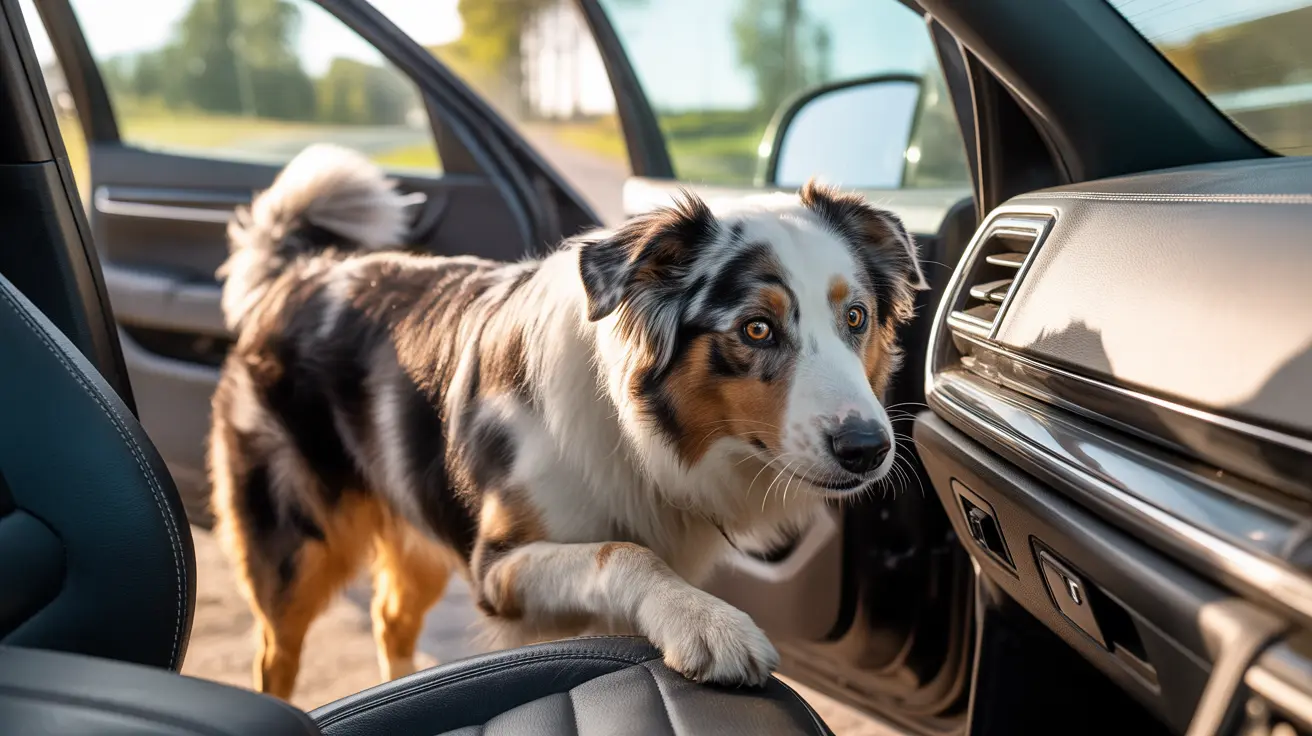Recognizing Yeast Infections in Dog Paws: Signs, Causes, and Care Tips
Dog paws can naturally emit a variety of smells—one of the most common being a scent similar to Fritos or corn chips. This distinct odor typically comes from the interaction of sweat, bacteria, and yeast living on your dog’s skin. However, when this scent becomes unusually strong or unpleasant and is accompanied by other physical symptoms, it may signal a
yeast infection.
What Causes That Corn Chip Smell?
The pads of a dog’s feet house
sweat glands, particularly active when the dog is warm or has been walking. The warm and moist environment, particularly in the crevices between the pads or under longer fur, creates an ideal space for microorganisms to thrive. Two common bacteria involved are:
In addition, naturally occurring
yeast species on the skin contribute to the scent. While their presence is normal, an overgrowth could indicate a problem.
When Is the Smell a Problem?
A
mild, corn chip-like odor alone is generally harmless and common in healthy dogs. However, if this smell intensifies or the paw shows visible physical changes, it may be a sign of a
yeast infection. Persistent moisture from licking, sweating, or wet environments promotes microbial overgrowth, leading to infection.
Signs of a Yeast Infection in Dog Paws
Watch for the following symptoms:
- Strong, foul odor that goes beyond the normal scent
- Redness and inflammation between the toes or on the paw pads
- Swelling and skin irritation
- Excessive licking or chewing of the paws
- Hair loss around the infected area
- Skin lesions or flaky patches
- Sensitivity or pain when paws are touched
- Changes in toenail appearance or paw pad color
If your dog shows any of these signs, a consultation with a veterinarian is crucial for proper diagnosis and treatment.
Other Contributing Factors
Yeast overgrowth can also stem from:
- Allergies (food or environmental)
- Compromised immunity
- Skin conditions or wounds
Dogs with allergies often lick their paws more, further moistening the area and exacerbating microbial growth.
Prevention and Hygiene Tips
Effective hygiene can help reduce the risk of infections and odors:
- Wash the paws regularly with dog-formulated soap and warm water, or use vet-approved wipes.
- Dry thoroughly after washing or being outside in wet conditions.
- Trim fur between the toes to reduce moisture retention and hidden debris.
- Keep nails short to minimize surface area for microbial growth.
- Clean bedding and vacuum regularly to reduce environmental allergens.
Perform routine checks of your dog’s paws to spot symptoms early and adopt a monthly bathing routine if needed.
Treatment Options
Should an infection occur, your vet may recommend:
- Medicated wipes or sprays
- Antifungal shampoos
- Prescription medications for underlying allergies or severe infections
Avoid using harsh or non-prescribed products as they may disrupt the natural skin flora and worsen the condition.
When to See a Veterinarian
Consult a vet if you notice:
- Changes in your dog’s usual foot odor
- Persistent licking, chewing, or limping
- Signs of pain or discomfort
- Skin deterioration or oozing wounds
In rare cases, similar odors may also originate from
other areas like ears or skin folds, also susceptible to yeast overgrowth.
Conclusion
While a subtle snack-like smell from your dog’s paws isn't usually a cause for concern, pay attention to changes in that odor and accompanying signs. Maintaining
good paw hygiene and monitoring your dog’s behavior closely can help catch yeast infections early. When in doubt, veterinary guidance ensures your furry friend stays healthy and comfortable.




